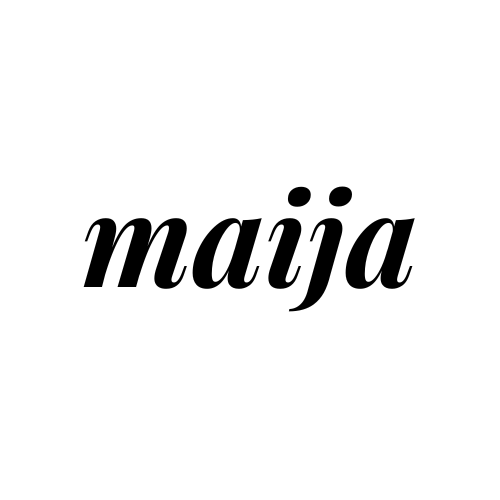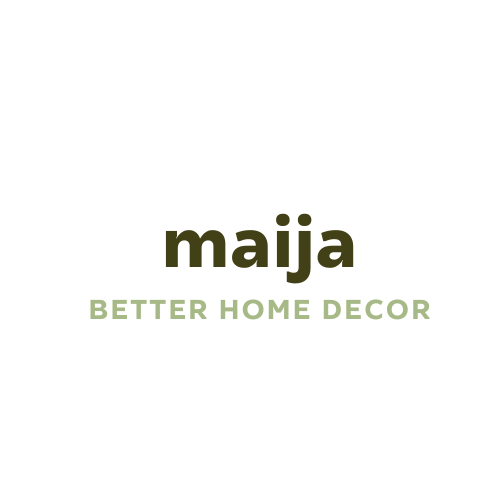Filter and sort 32 products
When it comes to selecting the perfect frying pan, there's more to consider than just size or price. A good frying pan is a kitchen essential, whether you’re a casual home cook or a culinary enthusiast. Frying pans are designed to handle a wide range of cooking techniques, from frying and searing to sautéing and even baking. This guide will walk you through the essentials of frying pan materials, coatings, sizes, and maintenance, helping you make an informed choice for your kitchen.
The Essentials of Choosing a Frying Pan
1. Material Matters
The material of a frying pan greatly impacts its heating properties, durability, and ease of use. Here’s a closer look at the most popular options:
-
Stainless Steel
Stainless steel is known for its durability and resistance to corrosion. While stainless steel doesn’t conduct heat as efficiently as other materials, high-quality stainless steel pans often have an aluminum or copper core to help with heat distribution. These pans are ideal for browning and searing because they can handle high heat without warping. -
Cast Iron
Cast iron frying pans are incredibly durable and can last for generations if cared for properly. They offer excellent heat retention, making them ideal for frying, baking, and slow cooking. However, they require seasoning (applying a layer of oil that bonds to the surface) to maintain a non-stick surface and prevent rusting. -
Non-Stick
Non-stick pans have a coating (often PTFE or ceramic) that prevents food from sticking, which is particularly useful for cooking delicate foods like eggs or pancakes. Non-stick pans are usually lightweight and easy to clean but should be used at medium to low heat to avoid damaging the coating. Avoid using metal utensils to prevent scratches on the non-stick surface. -
Carbon Steel
Carbon steel pans are similar to cast iron but tend to be lighter and more responsive to heat changes. They also require seasoning and, like cast iron, develop a natural non-stick coating over time. These pans are popular among professional chefs for their versatility and durability. -
Copper
Copper frying pans offer superior heat conduction and are often lined with stainless steel to prevent reactions with acidic foods. While they can be pricey and require regular polishing to maintain their shine, copper pans provide precise temperature control, which can be beneficial for delicate sauces and other temperature-sensitive dishes.
2. Types of Coatings: Non-Stick vs. Traditional
Non-stick coatings are popular for easy food release and quick cleanup, but they come with some maintenance requirements to avoid scratching or damaging the surface. Traditional pans without non-stick coating, such as stainless steel or cast iron, may require more oil or butter to prevent sticking but can handle higher temperatures, allowing for a nice sear on proteins.
Non-Stick Coating Pros and Cons
- Pros: Excellent for low-fat cooking, easy to clean, and ideal for delicate foods.
- Cons: Can be easily damaged by metal utensils or high heat, and may need replacement sooner than traditional pans.
Traditional Coating Pros and Cons
- Pros: Durable, suitable for high-heat cooking, and versatile for various cooking techniques.
- Cons: Require seasoning or more oil to prevent sticking and may be heavier than non-stick options.
3. Pan Size and Shape: Finding the Right Fit
The right frying pan size depends on the types of dishes you frequently prepare and the size of your household.
-
8-inch Frying Pan
Perfect for cooking single servings or small portions. It’s a great choice for frying eggs, small cuts of meat, or a quick stir-fry for one. -
10-inch Frying Pan
The 10-inch is a versatile size that suits most households. It’s large enough for two to three servings and is great for sautéing vegetables, searing meats, or making an omelet. -
12-inch Frying Pan
Ideal for larger families or those who cook big batches. A 12-inch frying pan provides ample space to cook several items at once without overcrowding, which helps with even cooking.
Additionally, the shape of the pan is important. Frying pans with sloped sides make it easy to flip or slide food out, which is ideal for foods like pancakes or omelets. Straight-sided pans, on the other hand, are great for simmering sauces or shallow frying, as they help prevent splatters.
4. Handles and Weight: The Comfort Factor
A good frying pan should feel comfortable in your hand, and this often depends on the handle and the pan’s overall weight. Look for pans with ergonomic handles that stay cool to the touch, as this will make handling the pan safer and more comfortable. Some high-quality pans come with helper handles opposite the main handle, which can be useful for lifting heavier pans.
Caring for Your Frying Pan: Maintenance Tips for Longevity
Proper care of your frying pan is essential to extend its life and maintain its performance. Each material requires a slightly different approach:
-
Stainless Steel and Copper: Use gentle, non-abrasive cleaners to avoid scratching the surface. Stubborn stains can be removed with a mixture of baking soda and water or a specialized stainless steel cleaner. Copper pans require polishing to keep them looking shiny.
-
Cast Iron and Carbon Steel: Clean these pans without soap to avoid stripping the seasoning. Instead, use hot water and a stiff brush, and dry thoroughly to prevent rust. After cleaning, apply a thin layer of oil to maintain the non-stick surface.
-
Non-Stick: Use a soft sponge and mild detergent to clean non-stick pans, and avoid using metal utensils. Stacking non-stick pans can damage the coating, so consider storing them with a cloth in between.
Specialty Features to Consider
Modern frying pans come with a range of features designed to make cooking easier and more enjoyable:
-
Oven-Safe Pans: If you want the versatility to go from stovetop to oven, look for pans labeled oven-safe. Cast iron, carbon steel, and stainless steel are typically safe for oven use, but always check the handle material, as some are not oven-compatible.
-
Induction-Compatible Pans: Induction cooktops require cookware with a magnetic base, so if you have an induction stove, look for pans that are labeled as induction-compatible. Most stainless steel and cast iron pans work well on induction stoves, while some aluminum and copper pans may not.
-
Pour Spouts: Some frying pans come with pour spouts, which make it easier to drain off excess fat or pour sauces without making a mess. This can be a handy feature for certain recipes.
The Environmental Impact: Choosing Sustainable Options
When choosing a frying pan, it’s also worth considering the environmental impact. Durable materials like cast iron and stainless steel are environmentally friendly choices as they last a lifetime with proper care. Additionally, some brands focus on sustainable manufacturing processes, using recycled materials or eco-friendly coatings. Investing in a high-quality, long-lasting pan not only enhances your cooking experience but also reduces waste by minimizing the need for replacements.
Selecting the Right Frying Pan for Your Cooking Style
Different cooking techniques can benefit from specific types of frying pans:
-
Searing and Browning: Cast iron or stainless steel is ideal for achieving a nice, even sear. These pans hold heat well and can handle high temperatures.
-
Delicate Foods: Non-stick pans are perfect for cooking eggs, fish, or crepes, as they prevent sticking and make for easy flipping.
-
All-Purpose Cooking: A carbon steel pan is highly versatile and, once seasoned, becomes a great option for everything from frying to baking.
If you enjoy experimenting in the kitchen, having a selection of frying pans in different materials can provide the flexibility to explore a range of recipes.
Conclusion: Investing in Quality
A good frying pan is more than just a tool—it’s a valuable kitchen asset. From cast iron’s unmatched durability to non-stick’s easy food release, each type of frying pan brings unique benefits to your cooking routine. Think about your needs, your cooking style, and the types of foods you make most often.
By choosing a quality frying pan and caring for it properly, you can elevate your cooking experience and ensure that your pan lasts for many meals to come. Ready to explore our collection? At Maija, we offer a range of frying pans crafted for durability, style, and performance, so you’re sure to find the perfect fit for your kitchen. Happy cooking!


















